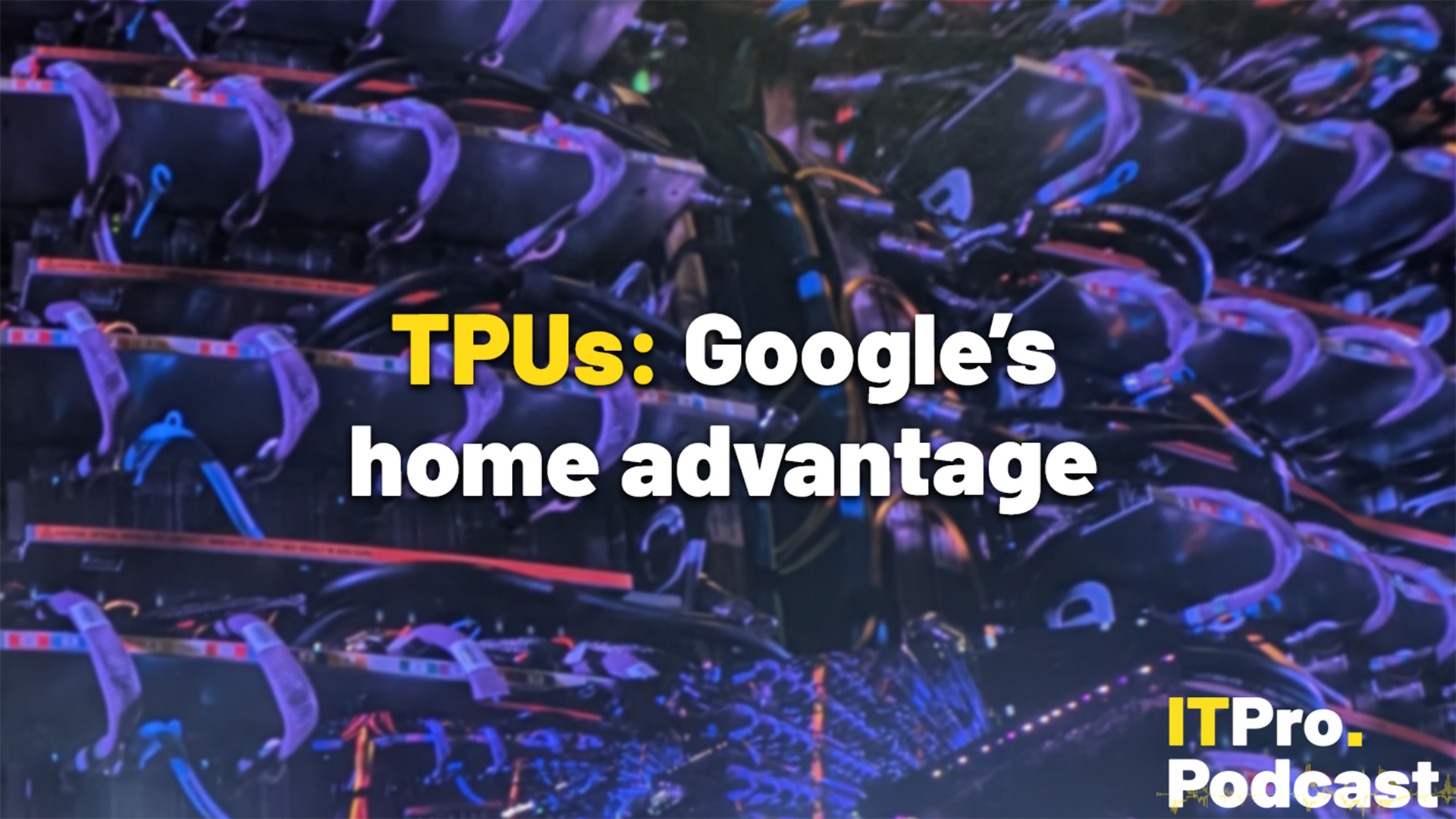Protecting the planet, one cloud at a time
Channel leaders have a role to play in making the tech industry more sustainable and adopting GreenOps will be vital


Technological developments such as AI are revolutionizing industries, unlocking new ways of working and automating tired processes. Yet, this new computing power comes with a hefty price – unprecedented power consumption.
Following the United Nation’s COP29 conference that took place last month, which introduced the first ever Digitalisation Day and Declaration on Green Digital Action, the tech industry is facing increasing pressure to get carbon emissions under control and counter climate change – and the channel is no exception.
Unfortunately for business leaders, this coincides with the same time that companies and leadership teams are looking to prioritise sustainability targets – 74% of public companies plan to invest in sustainability reporting technology and tools over the next year, according to a recent report from Deloitte.
This leaves us with the question, how can we protect the planet and our cloud usage?
Channel leaders can navigate this ‘perfect storm’ by using the GreenOps approach to optimize their resources. This, paired with the adoption of more efficient cloud architectures and the development of a sustainability-focused culture can hit the sweet spot – meeting environmental targets without sacrificing any of the benefits of cloud.
Value of a GreenOps approach
At a high level, GreenOps is not dissimilar to FinOps. Both look to maximize cloud efficiency and usage for organizations. But where FinOps focuses on the financial and business value first, GreenOps puts environmental impact front and center.
When it comes to implementation, the two approaches actually go hand in hand. Optimizing operations often leads to a decrease in both costs and environmental impact. Admittedly, some sustainable practices do require significant investment, but the GreenOps approach emphasizes balance with operational efficiency at the heart.
Stay up to date with the latest Channel industry news and analysis with our twice-weekly newsletter

To even implement it in the first place, you’ll need to have at least some FinOps in place as many of the sustainability principles in GreenOps rely heavily on FinOps practices. With energy efficiency, for example, GreenOps focuses on the optimization of IT infrastructure and data centers to consume less energy.
It requires FinOps practices to identify the cost-saving opportunities that can reduce the use of cloud resources and by extension, energy usage, however. Think of it as a GreenOps approach with a FinOps focus on the details. It’s not a world away from FinOps, just looking at it from a different perspective.
Once you’ve got the hang of that, the only thing left to do is to monitor. Energy and waste-related targets must be continually monitored by the relevant teams. Traditionally, operational monitoring tools account for everything but sustainability but there’s not much point in adopting GreenOps if there’s no visibility of its impact is there?
Efficient architecture and practices
Adopting a ‘GreenOps approach’ is not an overnight fix for sustainability, true organizational change takes time. There are still several key changes you can make to day-to-day operations to see a difference immediately, however.

Efficient resource management might as well be formally made ‘step one’ for any and every organization looking to reduce their environmental impact. By critically assessing your organizational demand for cloud resources, you’ll likely find many areas with excess unused cloud resources, allowing you to scale back and score an easy win. There’s also a lot to be gained by going back to basics and re-examining your code. Optimized code can save you more resources than you’d think.
Organizations could (and should) also look at adopting serverless functions. These are single-purpose programmable functions that ensure resources are only used when needed, rather than always running on in the background, driving up energy consumption.
A not-too-distant relative of automated idle and shut-down policies that operate similarly, powering servers down when not in use. Changes like these come in handy particularly during established off-peak times when servers could be left running for extended periods without use, driving up unnecessary waste.
Building a culture of sustainability
Of course, to reach the sustainability targets necessary to counter climate change effectively it can’t all be completely reliant on the tech. After all, your employees are what keeps the tech running day in and day out.

This GreenOps approach should inform everything, right down to company policy. By engaging employees with training on exactly why sustainability is so vital, you can make it a priority across the whole company. With business leaders driving this change from the front, processes could also be opened up for feedback to make sure everybody is truly involved.
There’s also room to explore some out-of-the-box methods. Perhaps a reward or some form of recognition for the teams that reduce their resource usage methods the most. Carbon offsetting might also be considered, potentially working with carbon offset projects that interest the wider team could also drive engagement with the process.
Whichever methods you choose to explore, keeping employee engagement top of mind is key. The more aware they are, the more conscious their actions will be when dealing with cloud resources and the more likely they are to spot further savings.
Fair weather ahead?
While the storm clouds of looming sustainability targets and conferences continue to pile pressure onto cloud organizations, a GreenOps approach offers a safe shelter through the storm. Leveraging existing FinOps methods can deliver sustainable reductions in environmental impact, and with a mix of ‘quick wins’ and embedded cultural change, it allows organisations to put sustainability at the heart of operations without sacrificing efficiency.
Beyond the already discussed environmental impacts, adopting a GreenOps approach to cloud optimization could also bring you reduced overspending and increased productivity. Maximizing the use of your existing resources has a plethora of benefits beyond the environment and without GreenOps, you’re missing out on them all. This is one of those few and far-between instances where doing something for the wider world can also do you a whole lot of good at the same time.

Sheldon Lachambre is the director of engineering at DoiT. A seasoned Engineering leader with over 20 years of experience, Sheldon has managed both small and large teams of up to 150 people globally and has been part of two successful startups that were acquired. He specializes in helping startups scale effectively through their various stages of growth as well as helping big corporations adopt more agile approaches to drive up engineering efficiency. Over the last 12 years, his focus has been on the public cloud, initially retrofitting on-premises products into a public cloud and, most recently, working on SaaS products that focus on cloud cost optimization.
-
 Trump's AI executive order could leave US in a 'regulatory vacuum'
Trump's AI executive order could leave US in a 'regulatory vacuum'News Citing a "patchwork of 50 different regulatory regimes" and "ideological bias", President Trump wants rules to be set at a federal level
-
 TPUs: Google's home advantage
TPUs: Google's home advantageITPro Podcast How does TPU v7 stack up against Nvidia's latest chips – and can Google scale AI using only its own supply?
-
 UK IT leaders are struggling to meet sustainability targets
UK IT leaders are struggling to meet sustainability targetsNews Rising cloud costs and fragmented usage data leaves IT decision makers overwhelmed
-
 Cloud confusion: Why can't we say what we mean?
Cloud confusion: Why can't we say what we mean?Industry Insights Cloud jargon creates confusion, risking security gaps and business vulnerabilities in organizations
-
 Why understanding the customer’s network unlocks its value and your success
Why understanding the customer’s network unlocks its value and your successIndustry Insights Working as providers of true value rather than the first port of call for short-term solutions is key for the channel
-
 The role of the MSP in lighting the path to a revised cloud strategy for the mid-market
The role of the MSP in lighting the path to a revised cloud strategy for the mid-marketIndustry Insights The answer isn't always the public cloud and the channel can help show mid-sized businesses the way forward in their cloud journey
-
 Overcoming DevOps challenges in multi-cloud environments
Overcoming DevOps challenges in multi-cloud environmentsIndustry Insights Multi-cloud architectures provide opportunities for growth and agility, but ensuring seamless, scalable, and secure operations remains a challenge
-
 How MSPs can manage their revenue better
How MSPs can manage their revenue betterIndustry Insights As customer demands, IT needs, and new cyber threats emerge, MSPs can grow their revenue by helping clients get a clear picture their full SaaS landscape
-
 The channel’s evolving relationship with SaaS
The channel’s evolving relationship with SaaSIndustry Insights Software as a service has had a sizable impact on the channel since its introduction in the 1990s, but as the channel evolves so must SaaS platforms
-
 Public cloud does not hold all the answers
Public cloud does not hold all the answersIndustry Insights Public cloud has long been the default option for many organizations, but is it time businesses questioned their assumptions on how to get the most out of cloud?